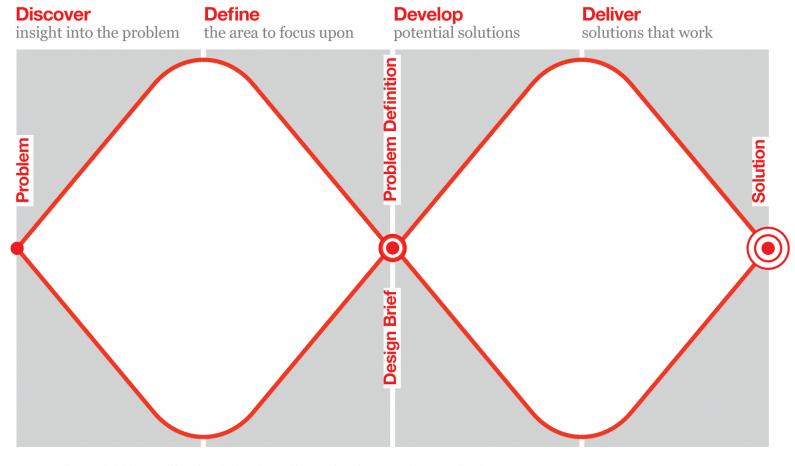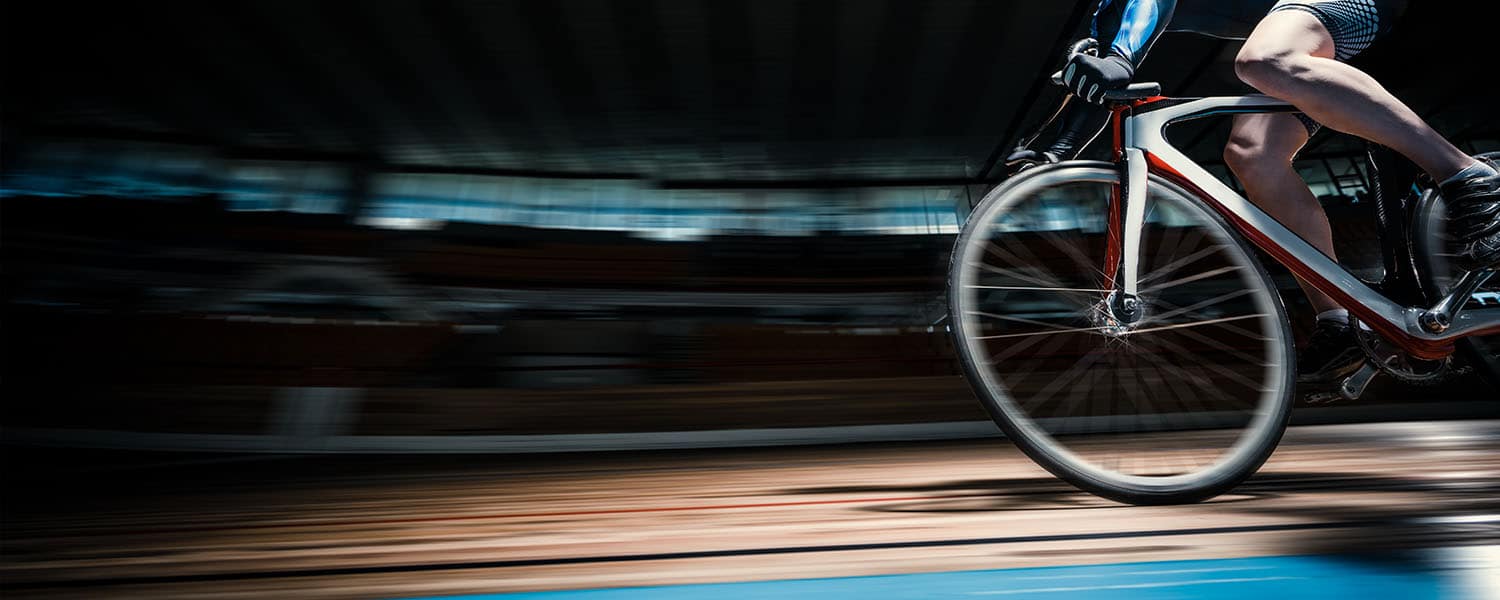A recent innovation event hosted by Ovo Energy with Chris Boardman tackled the objective of removing barriers to cycling, ultimately improving the sustainability of our cities.
What at first appeared to be worlds apart, a cycling efficiency guru and an energy company, ended up having a lot more in common, bonded by lessons that reverberate through business innovation.
Legendary cyclist and performance researcher, Chris Boardman, talked about his role in developing Olympic-winning cyclists and the most dominant cycling team on the planet, Team Sky. In his pursuit of achieving marginal gains for these elite athletes, Chris recalled the importance of understanding the problem to be solved first – which, in this case, was making a cyclist more efficient and faster – before focusing on the radical end solutions that went beyond just the cyclist.
Explore and define the problem first
We’d refer to this as the left-hand side of the ‘double diamond’ concept. In business and innovation it is where time needs to be spent exploring the customer or business problem thoroughly to truly understand the objective, before attempting to design a solution that may otherwise be focused on solving the wrong problem or is already built around a pre-conceived answer.

Ovo Energy has clearly embraced this lesson in appreciating the macro problem. It is an environmentally considerate energy firm by nature and is on a journey to make an even greater legacy in sustainability – going beyond energy and venturing into supporting sustainable transportation, namely cycling.
As sponsor of this event, Ovo Energy opened the floor to attendees to create novel ideas to improve the accessibility of cycling. The shortlisted concepts ranged from fly-wheel based energy capture to electric bike conversion kits. Emu Analytics, a data analytics and visualization firm, proposed to develop a cycling community app focused on sustainability.
Be creative when developing solutions
This is where we enter the right-hand side of the ‘double diamond’ diagram. Divergent, expansive thinking and idea creation is encouraged. We often find that there are too many companies that attempt to achieve their strategic objectives and are constrained by what they already do or their internal frame of reference. Companies who neglect this exploratory phase do not find the most effective solution that may be out of their field of vision or hidden somewhere among their staff base.
The two final steps are to take these shortlisted ideas and create proof of concepts to test (with real customers if possible) to measure their uptake and effectiveness, then rapidly iterate them. This allows the convergence on the right-hand diamond towards the solution, as ideas are refined. As Chris Boardman learnt with his cyclists, the best way to achieve behavioral change, break existing habits and be willing to adopt new innovations is to demonstrate the value of the product. Or even better, engage potential customers during the development and testing phases.
”The best way to achieve behavioral change, break existing habits and be willing to adopt new innovations is to demonstrate the value of the product. Or even better, engage potential customers during the development and testing phases.
At Gate One, we deliver meaningful change for our clients and even have our own internal Incubator program to experiment with our own innovative ideas. Through this we understand how to explore and define problems; develop and explore creative ideas; develop proof of concepts and effectively test them using real customers to assess demand and gather feedback.
The Gate One Incubator tests creativity, leadership and grit like nothing else – these qualities in our consultants set us apart from our competitors and directly benefits your business.


